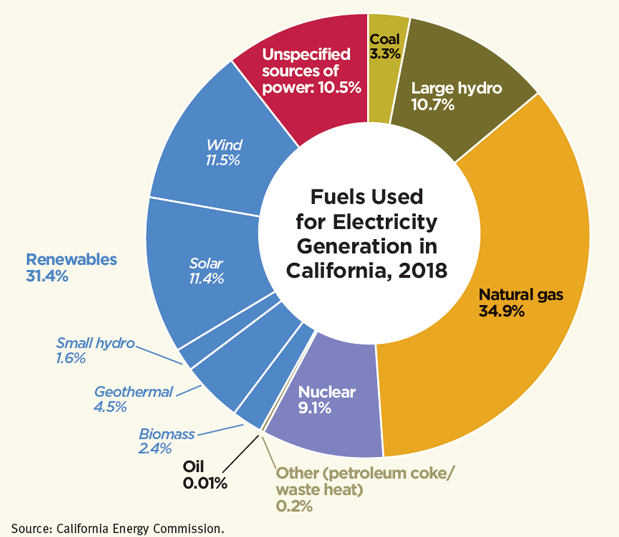Urban developers already are implementing features like in-garage electric vehicle charging stations and electric water heaters to attract eco-conscious residents.
Tesseract Capital, an active West Coast commercial real estate investor, redevelops properties with advanced appliances, smart thermostats, photovoltaic solar panels, and other tools where possible but has seen the difficulties of connecting to the electric grid.
“The move away from natural gas will be of significant long-term benefit to eco-friendly housing,” says Derek Flores, Tesseract Capital’s president of development and construction, “but we need a parallel development of electrical infrastructure improvements—transmission lines, transformers, storage, and the like. The costs and timing must be carefully considered as steps are taken towards renewable energy.”
This August, Texas experienced dramatic price swings and came to the “brink of blackout” from grid issues and slower-than-normal winds driving its wind farms.
“More and more developers are going to have to employ advanced energy strategies to sell homes,” Rohner says. “Eventually, all homes are going to have to be ready to hook up an electric vehicle. The home—if not most commercial buildings—is going to become much more of a distributed energy market. The future of the country’s energy needs will follow the three Ds: distributed, decentralized, and decarbonized.
“That might be five to 10 years off, but it’s coming,” he adds. “There’s no question about that.”
Source: https://urbanland.uli.org/news/the-case-for-achieving-climate-goals-with-all-electric-development/

